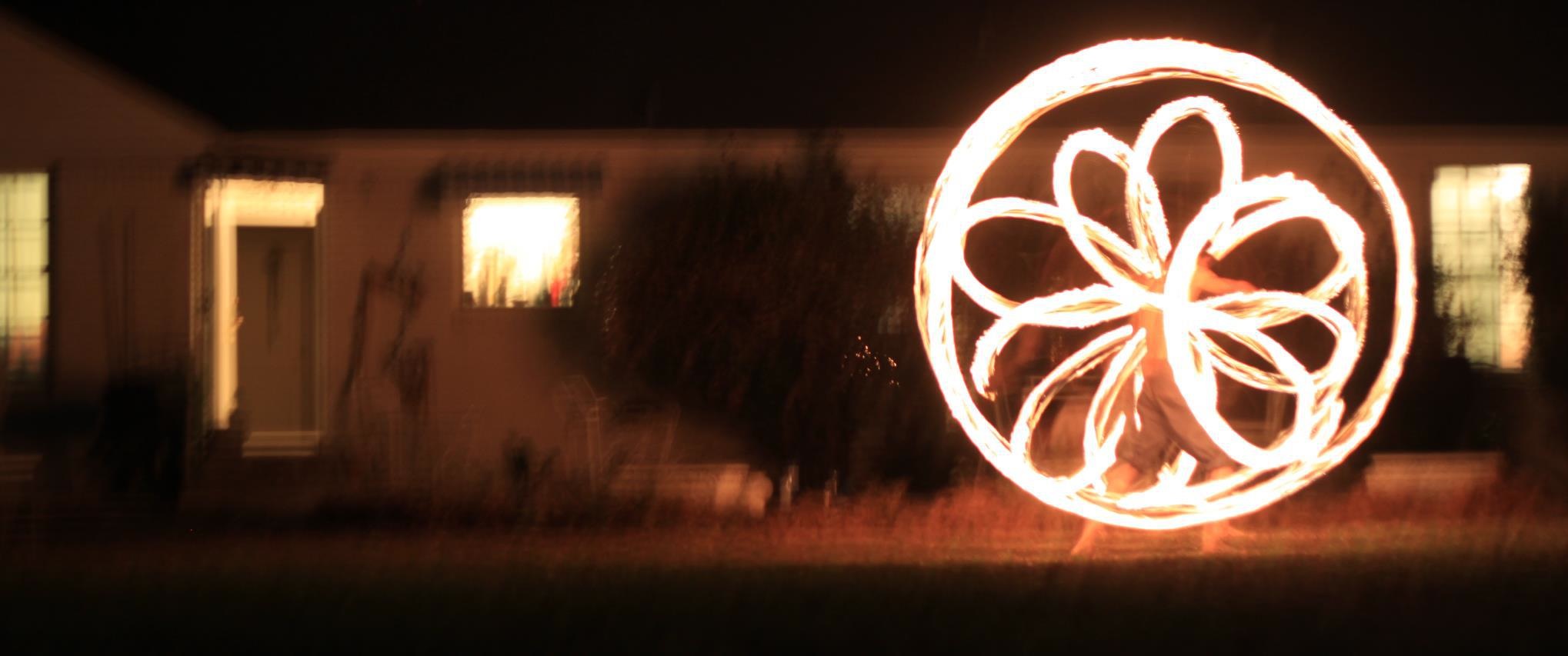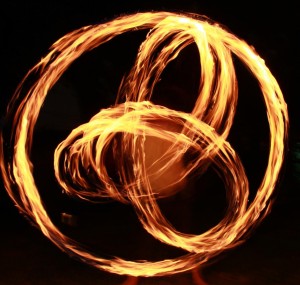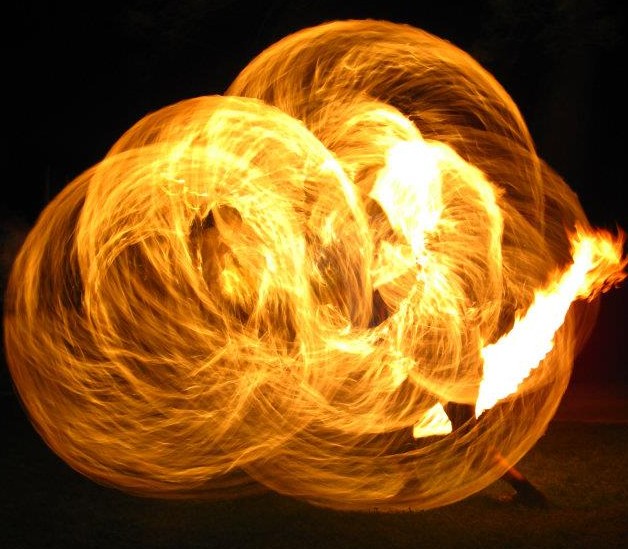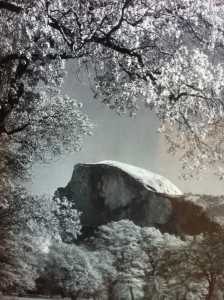
or begin in the middle (en media res). It really depends on the story you’re creating for yourself, but they both work well to get you to your desired destination. Here’s a few reasons and steps to plan your life starting at the end.
The Unknown Conclusion of Beginnings
Starting from the beginning in any endeavor is a difficult task. There is no sense of direction taking your journey anywhere. This could be a desired to discover a new potential, find another path, or to recognize new tools. However, without a clear idea in mind getting to a desired state is often lost looking at your next step instead of seeing the paths in front of you. Rather than start without a destination in mind, figure out where you want to go. Then take a step.
 Starting at the End
Starting at the End
Planning a food forest, a garden, or a meal starts with the end product in mind. We create the image of the ideal before we begin to create. For processes we are familiar with, we go through the motions without much conscious thought. To achieve great feats, such as terraforming a landscape, a logical plan helps to outline goals before the desired outcome. A thoughtful way to approach the task of planning is to go through the processes of dissection, selection, sequencing, and stakes once the end goal is in sight.
DiSSS
Use the acronym to help you acquire those four steps, Dissection, Selection, Sequencing, and Stakes. I learned it reading The Four Hour Chef by Tim Ferris. I highly recommend it. His life is surrounded in meta-learning, creating conscious methods to put information into action while becoming the best at it (top 5% in any discipline, cooking, running, etc). Onward!
Dissection is taking apart the product you wish to create. It’s finding out what are the lego pieces to the puzzle you are about to build. To build a garden, the main components can be taken apart into Time, Soil and Plants.
Selection is picking the pieces that are the most important. Most of the time, we focus on detailed information that doesn’t bring us to any outcome. It starts with discussion and ends with murmurs of words once spoken instead of actions gaining momentum. In the art of gardening, Timing is crucial to determine what process you should be working on first as well as when and what plants to be planting during that time of year. Planting watermelons in Winter got Farmer Chow bad results while learning an important lesson of the seasons. Soil is the shelter and home of plants. It provides everything the plant needs to survive and thrive. Finally, the plants are a product of good timing and great living soil.
From here, we can Sequence our timing to build soil during off seasons and plant appropriately during the growing seasons. Setting up this path will ensure decent results and as long as we continue on the journey of learning and gardening, we can expect better production and quality as the soil continues to be built and our timing is synched with nature.
Stakes. This is the kicker. It gets you to get started whether you succeed, fail, or go nowhere. Placing a bet with a family member, getting feedback from friends, donating to a charity you hate or dislike, it needs to get you motivated to try. When something is at stake, it motivates us to work and succeed at keeping it.
From here, the journey is yours to create. Get lost while you’re at it and find your way back to the legacy you want to leave behind.
“ Would you tell me please which way I go from here?”
“ That depends on where you want to get to”, said the Cat.
“ I don’t much care where…”, said Alice.
“Then it doesn’t matter which way you go”, said the Cat.
Alice’s Adventures in Wonderland


 Starting at the End
Starting at the End

